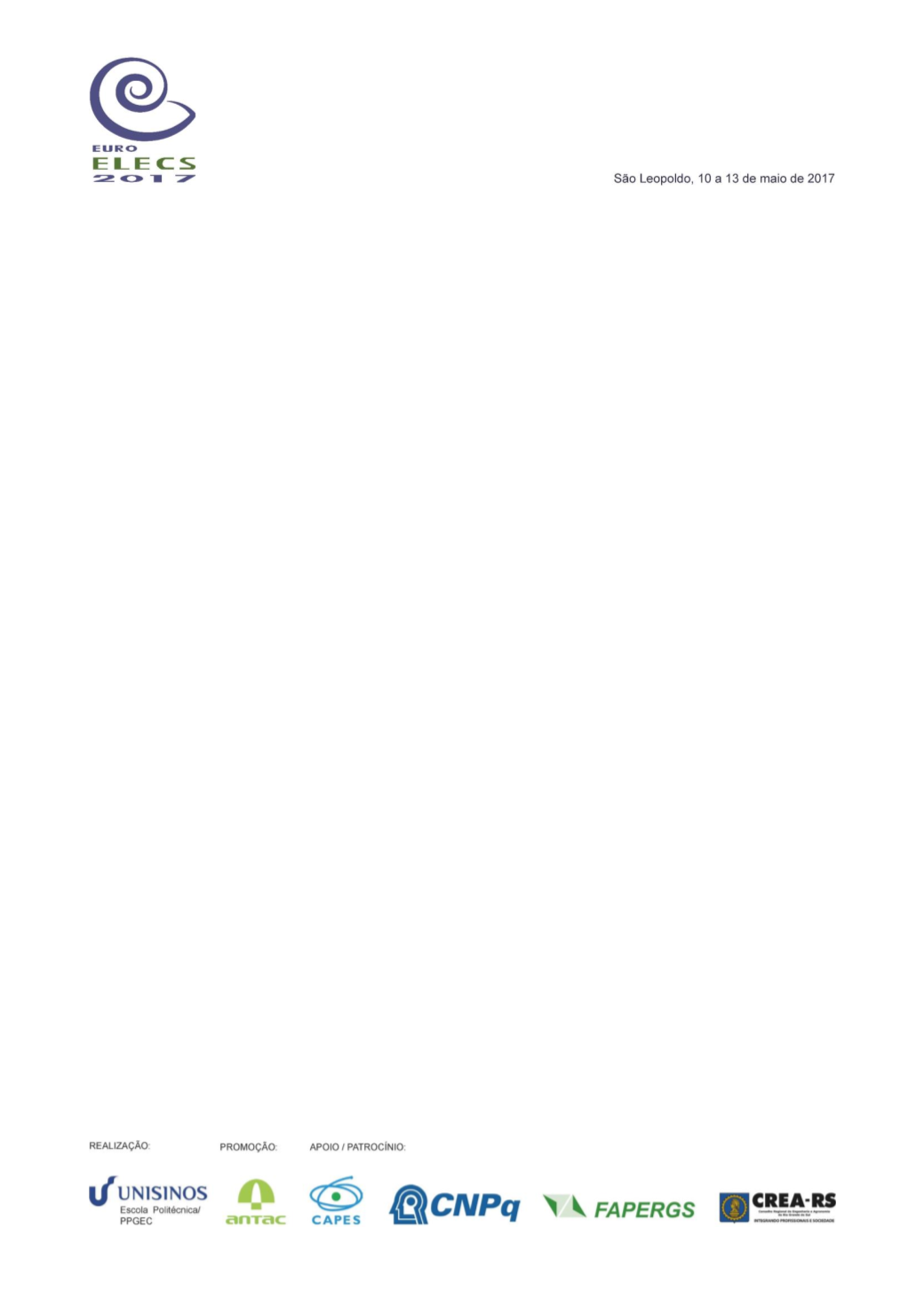

758
natural necesaria en la biblioteca donde se puede estudiar en investigaciones posteriores la
distribución lumínica.
Las estrategias con vegetación en fachada se pueden instalar en edificaciones, construidas o en
proceso de diseño, incluso que tengan instalados sistemas de aire acondicionado, donde conviene
analizar el impacto de reducción del consumo energético del edificio.
La vegetación instalada en fachada, tiene beneficios adicionales que pueden ser analizados en
investigaciones adicionales, como el aporte estético, efecto ambientador, filtro de agentes
contaminantes, reducción de residuos sólidos urbanos, contribución a la red de los espacios verdes
urbanos y fauna que permite.
REFERÊNCIAS BIBLIOGRÁFICAS
ARBOIT, Mariela. “Permeabilidad del arbolado urbano a la radiación solar: Estudio de dos especies
representativas en entornos urbanos de baja densidad del Área Metropolitana de Mendoza,
Argentina”. Revista Hábitat Sustentable. V.3, n.2, p. 3-18, 2013.
B.F Yu. et al. “Review of research on air-conditioning systems and indoor air quality control for
human health”. International Journal of Refrigeration. V.32, n.1, p. 3-20, 2009.
C.Y, Cheng; KEN K.S, Cheung; L.M, Chu. . “Thermal performance of a vegetated cladding system
on façade walls”. Building and Environment. V.45, n.8, p. 1779-1787, 2010
EUMORFOPOULOU, EA; KONTOLEON, KJ. “Experimental approach to the contribution of plant
covered walls to the thermal behaviour of building envelopes”. Building and Environment. V.44, n.5,
p. 1024-1038, 2009.
FRANCIS, Robert; LORIMER, Jamie. “Urban reconciliation ecology: The potential of living roofs and
walls”. Journal of Environmental Management. V.92, n.6, p. 1429-1437, 2011.
HOCINE, Boumaraf; ABDELMALEK, Tacherift.” Micoclimatiques conditions and variations of
practices in outdoor environment”. Analele UniversităŃii din Oradea. P. 19-27, 2013.
JAFFAL, Issa; OULDBOUKHITINE, Salah-Eddine; BELARBI, Rafik. “A comprehensive study of the
impact of green roofs on building energy performance” Renewable Energy. V.43, p. 157-164, 2012
M.A, Cantón; J.L, Cortegoso; C, de Rosa. “Solar permeability of urban trees in cities of western
Argentina”. Energy and Buildings. V.20, n.3, p. 219-230, 1994.
MINISTERIO DE MINAS Y ENERGÍA. Reglamento Técnico de Iluminación y Alumbrado Público-
RETILAP. Anexo general, 2009. 32-100 p.
ISTAS. La prevención de riesgos en los lugares de trabajo. Paralelo Edición S.A., 2013. 497 p.
SALAZAR, Jorge; ARANGO, Lucas; GIRALDO, Natalia. Iluminación natural en el trópico: caso
Colombia: memorias. Medellín Universidad Nacional de Colombia, 2011.
SALAZAR, Jorge. Diseño de sombras. Medellín Universidad Nacional de Colombia, 2006. 152 p.
SIMONE, Angela. et al. “Effect of passive cooling strategies on overheating in low energy residential
buildings for Danish climate”. 8th Windsor Conference. P. 1-14, 2014.
SUSOROVA, Irina. et al. “A model of vegetated exterior facades for evaluation of wall thermal
performance”. Building and Environment. V.67, p. 1-13, 2013


















